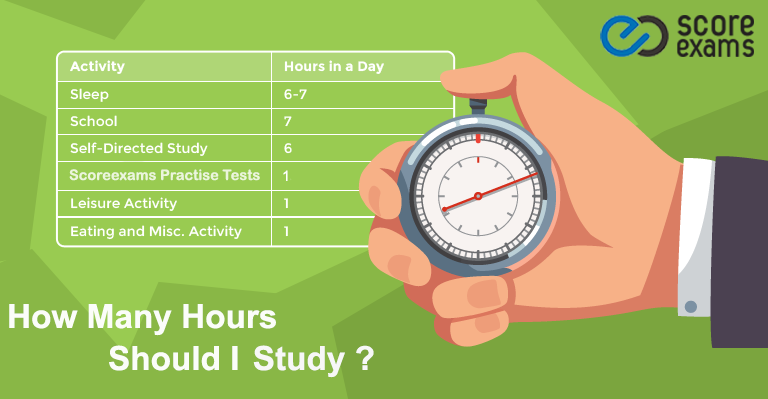


This means that even though the sun isn't visible, we still receive very bright twilight that can last for hours or until the sun rises again. In Alaska, the sun travels in a slanting 360 degree circle in the sky, so even if it's below the horizon, it's barely below it for a long period.
#Ho many hours until sunset full
That imaginary line marks the lowest latitude at which the sun remains above the horizon for a full 24 hours during summer solstice (June 20 or 21) and below the horizon for a full 24 hours during winter solstice (December 21 or 22).Īt the equator, the sun rises straight up from the horizon and sets straight down to it. The real boundary of the midnight sun is the Arctic Circle, latitude 66 degrees, 33 minutes north. (The contrast is from November 18 to January 24, when the sun never rises above the horizon!) Does your home area have midnight sun? In Barrow, the state’s northernmost community, the sun does not set for more than two and a half months-from May 10 until August 2. Perhaps more familiar to us as Yule, the 12-day festival centred around the solstice has given birth to many of our most familiar Christmas traditions including the Christmas tree, the Yule log and the Christmas wreath.Image: Even Southcentral Alaska experiences long days near summer solstice.Īlaska receives more sunlight in spring and summer than any other state and many other parts of the world.

Solstice and ChristmasĪmongst the many festivals that centre around the solstices and equinoxes, the Scandinavian festival of Jul has some rituals that are probably more familiar than you think. True solar noon, the point at which the Sun reaches its highest point in the sky, occurs around 10 minutes earlier than when our clocks strike 1200, and it is this discrepancy that means the sunset also arrives a little later on the solstice. Logically you'd expect the earliest sunset to fall on the shortest day, but the earliest sunset actually occurs a few days earlier in the calendar and it's all to do with our clocks not quite mirroring the Earth's orbit. The summer solstice in June is just short of 16 hours and 38 minutes long, while on the day of the winter solstice the length of the day is a mere 7 hours and 50 minutes. You're probably aware that the day of the winter solstice marks the shortest day of the year, but did you know that its almost nine hours shorter than the longest day of the year? Winter beginsĪs well as marking the shortest day of the year, the winter solstice marks the first day of winter in the astronomical calendar, whilst in the meteorological calendar, we are already three weeks into winter. Owing to the Sun appearing to 'standstill' in the sky when it reaches the Tropic of Capricorn, the word solstitium was used which in turn is composed of the words sol (meaning 'sun') and sistere (meaning to 'standstill'). Like many other astronomical terms, the word solstice comes from Latin. The solstice marks the point at which the Sun is exactly overhead the Tropic of Capricorn, which this year will happen on Sunday, 22 December at 04:19 GMT. While many focus on the winter solstice as a day in the calendar, what we are actually talking about is a very specific moment which is over almost as soon as it has begun.


 0 kommentar(er)
0 kommentar(er)
